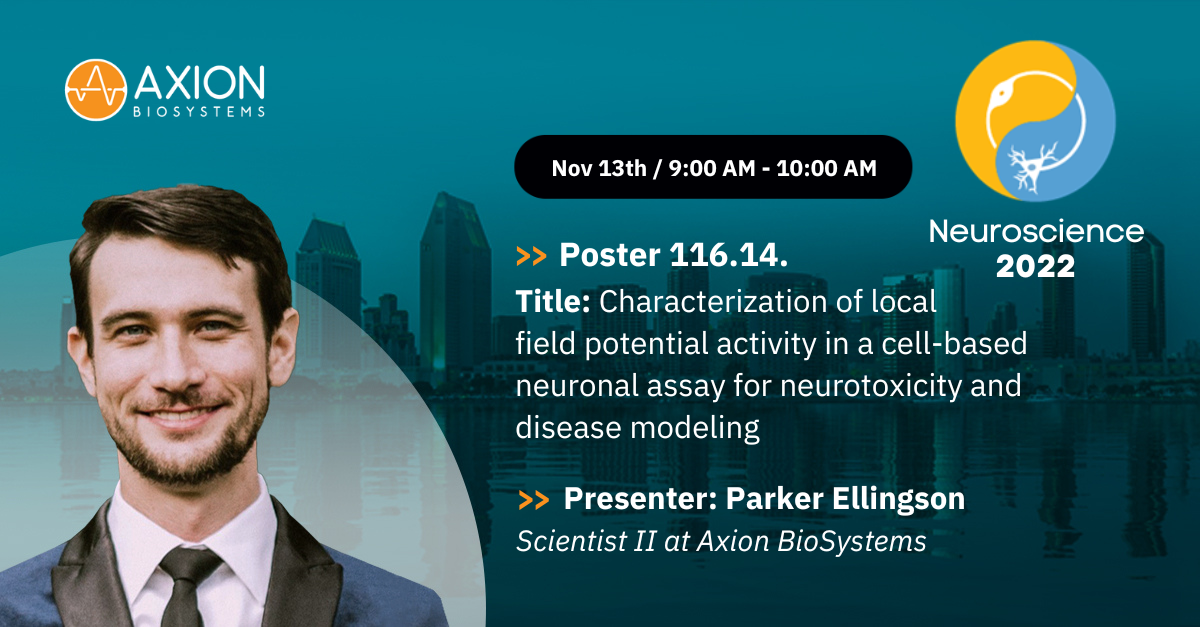
Are you presenting Maestro or Lumos data at Neuroscience 2022?
Submit the form below to take home your very own mini-brain plush!
Stop by our poster session
When: Sun., Nov. 13, 2022 9:00 AM - 10:00 AM
Abstract: The flexibility and accessibility of induced pluripotent stem cell (iPSC) technology has allowed complex human biology to be reproduced in vitro at high throughput scales. Indeed, rapid advances in stem cell technology have led to widespread adoption for the development of in vitro models of neuron electrophysiology to be used in screening applications in drug discovery and safety. Furthermore, advanced cells preparations, such as spheroids or organoids, are under intense investigation with aims towards establishing mature human phenotypes in vitro. As in vitro neuronal models become more mature, the functional electrophysiological activity may begin to reproduce low-frequency brain rhythms, in addition to the spiking, bursting, and synchronization already observed. The objective of this work is to develop and validate a functional neuronal assay that quantifies the relationship between spiking activity of individual neurons and the network activity embedded in the local field potential (LFP). A planar grid of microelectrodes embedded in the substrate of each well of a culture plate interfaces with cultured cellular networks to continuously monitor broadband (0.1 - 5000 Hz) electrophysiological data from rodent and human iPSC-derived neuronal networks. The spectral power within the LFP was correlated with the emergence of bursting activity within the rodent cortical and human iPSC-derived neurons when monitored over 28 days in culture. LFP events were detected spontaneously and also extracted as network burst triggered averages. The LFP event frequency, amplitude, and power spectrum were quantified and compared across the rodent and human iPSC-derived models over the culture period. Known reference compounds were then added to the cultures and the change in LFP features were quantified and compared with more traditional functional endpoints based in spiking activity. For example, Carbachol increased the burst duration and mean firing rate, while decreasing the LFP power in the theta, alpha, and delta bands. These results support the continued development and use of human iPSC-derived neural assays for high throughput drug discovery and safety assessment.
Authors: P. J. ELLINGSON, D. D. SULLIVAN, H. B. HAYES, D. MILLARD;
Axion Biosystems, Atlanta, GA
